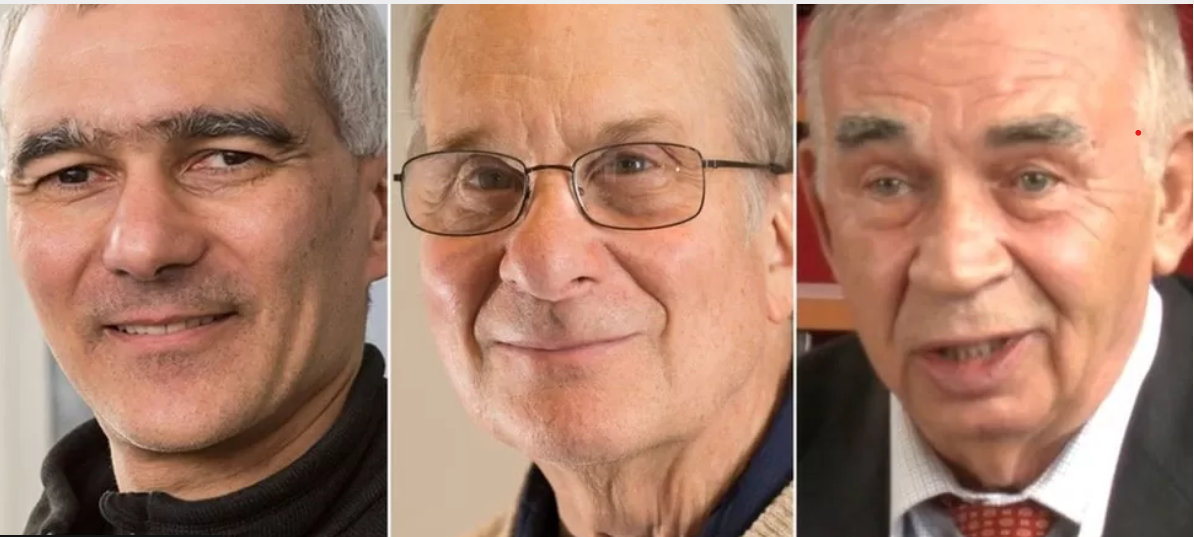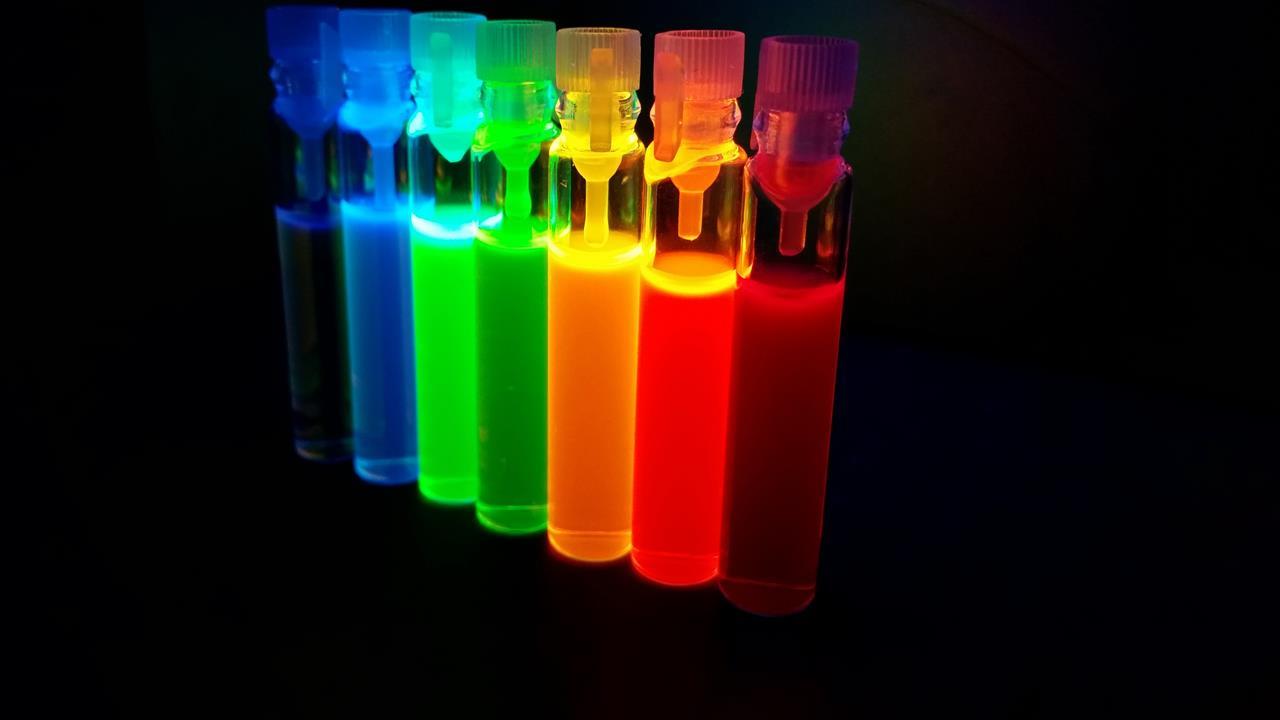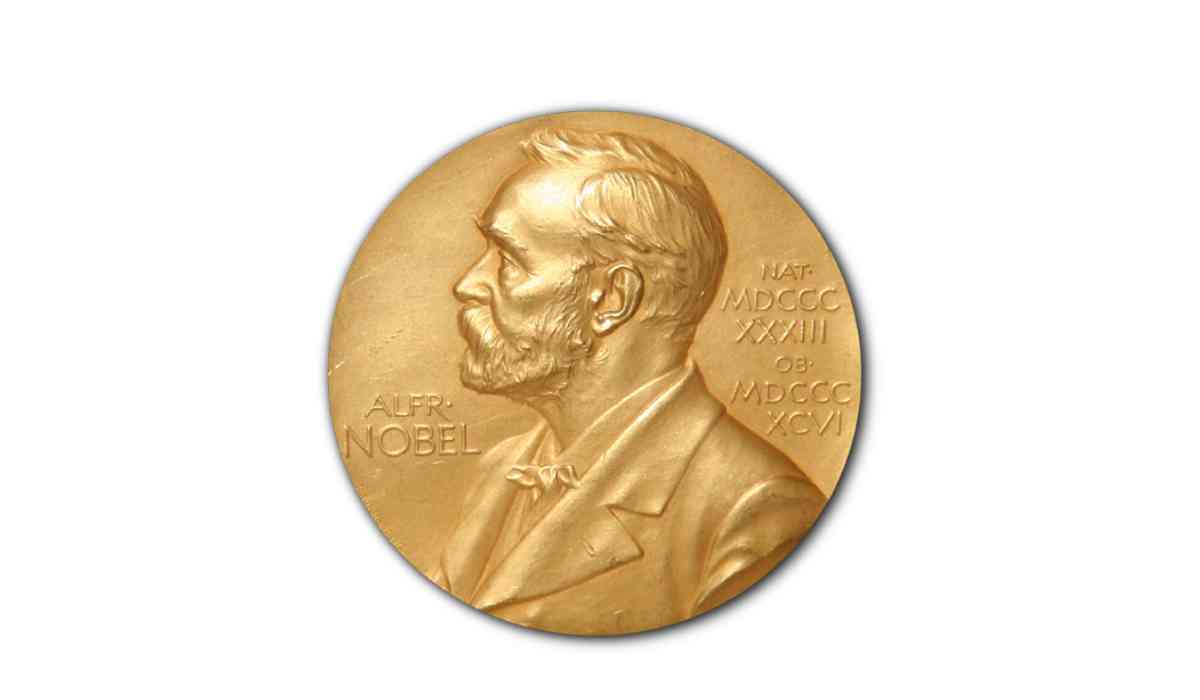Today, The Nobel Prize for Chemistry has been awarded to three scientists for their brilliant work in developing quantum dots. People may have observed these tiny crystals in their QLED TV sets where the nanoparticles are used to create colour. Additionally, they are also used in medical imaging to guide surgeons, in better targeting of cancer drugs, and in solar panels.
The Winners of the Noble Prize Moungi G. Bawendi, Louis E. Brus and Alexei I. Ekimov will share the 11m Swedish krona (£824,000) prize. According the BBC reports, the names of winners were released accidentally in a press release from Sweden's Royal Academy of Sciences, even hours before the official announcement on Wednesday morning.

Photo: BBC
The Academy said they trying to understand why the names were released early. "This is of course very unfortunate. We deeply regret what happened," quoted the secretary-general of the Royal Academy The prize-winner Moungi G. Bawendi, 62, told the Academy felt honoured after receiving a phone call. He expressed his feelings to the press. He quoted, "very surprised, sleepy, shocked and very honoured".
Quantum dots are minuscule semiconductor nanocrystals, just a few millionths of a millimetre in diameter. When exposed to light, they emit blue, red, or green light, depending on their size. Interestingly, their exact size determines the colour of light they emit when given energy. When the smallest quantum dots emit higher energy waves, they will produce blue light, and the biggest dots release lower energy waves creating red light, with the middle sizes creating the colours in between.

Photo: Chemistry World
When announcing the prize, the Academy, "For a long time nobody thought you could make such small particles," but the winners this year managed to do just that". The three scientists are based in the United States. Alexei I. Ekimov, a Russian physicist aged 78, is known for discovering quantum dots in the 1980s. Louis E. Brus, an 80-year-old American chemist, later found a way to develop these crystals while suspended in a fluid. Moungi G. Bawendi, originally from Paris, invented a method to create tailored quantum dots, expanding their practical and scientific applications.
"Quantum dots are thus bringing the greatest benefit to humankind," shared the Royal Swedish Academy of Sciences.
© Copyright 2023. All Rights Reserved Powered by Vygr Media.
























